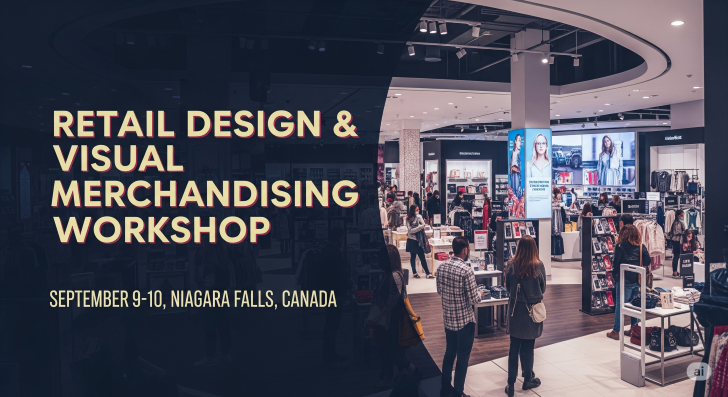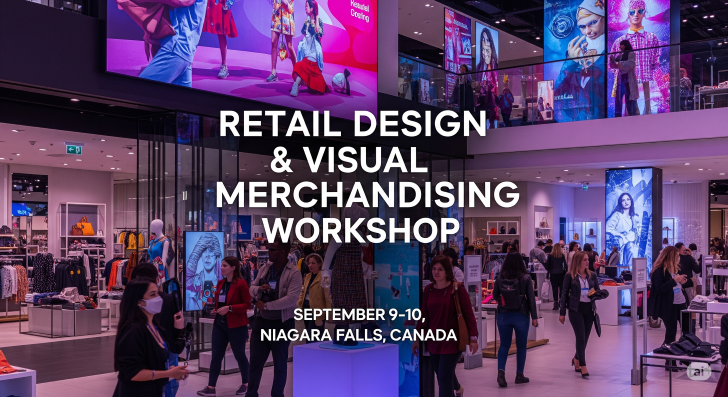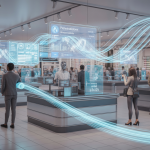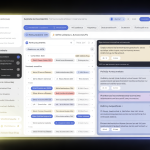
Expert-Only Knowledge and Strategic Game-Changers with Little-Known Hacks in Visual Merchandising
Visual merchandising is an art that goes far beyond surface aesthetics.
It’s a strategic, revenue-driving discipline packed with expert-only knowledge and subtle techniques that transform a store’s layout, engagement, and sales potential.
While many know the basics—like color coordination or symmetry—true merchandising mastery lies in the little-known hacks and game-changing tactics used by elite professionals.
If you want to elevate your visual merchandising game and gain an edge over competitors, this deep dive into expert-level knowledge will reveal the secrets that seasoned merchandisers use to captivate, convert, and consistently outperform.
Expert Secret: Visual Hierarchy Based on Eye-Level Psychology
Top merchandisers understand one foundational truth—customers scan shelves and displays from left to right and top to bottom, but their sweet spot is eye level.
That’s why “eye-level is buy-level” remains a core rule in product positioning. But what experts know is that “eye level” differs depending on your target audience.
For children’s products, displays must be lower, while luxury items targeted at adults can be placed slightly above traditional eye lines to signal exclusivity.
Elite merchandisers fine-tune shelving height not just by average shopper height, but by demographic, ensuring maximum attention and engagement for high-margin items.
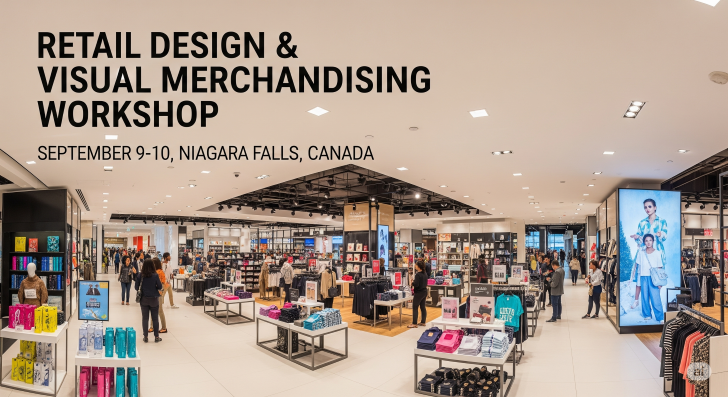
Strategic Game-Changer: The Rule of Three in Product Grouping
A subtle but powerful visual merchandising hack is the Rule of Three.
Grouping products in odd numbers—especially threes—creates visual interest and psychological balance. Why?
Because the human brain finds odd-number groupings more dynamic and engaging than even-numbered ones.
Professional merchandisers use this rule on everything from shelf arrangements to mannequin styling.
For example, styling a mannequin with three accessories—hat, scarf, and bag—boosts perceived value and encourages customers to complete the look themselves.
Little-Known Hack: Anchor Products with ‘Visual Gravity’
Ever noticed how some displays naturally draw your eye down or pull your attention inward?
That’s the result of using anchor products with visual gravity—typically heavier, darker, or more prominent items placed at the base or center of a display to stabilize the composition.
This technique subtly keeps customers visually grounded, making displays feel complete and more intentional.
Retailers can boost performance by anchoring a display with a high-conversion item and using complementary products to fill surrounding visual space.
Expert Tactic: Hidden Pathways Through Visual Cues
In most retail spaces, shoppers unconsciously follow pathways guided by lighting, flooring, and product placement.
But expert merchandisers go further—they design subtle “visual breadcrumbs” to guide foot traffic.
These can include sequential color gradients, ascending product heights, or directional lighting.
This tactic not only enhances flow but also improves exposure to underperforming areas.
For example, placing bold signage or a spotlight display at the end of a quiet aisle redirects attention and increases dwell time in that section.
It’s an unspoken nudge that transforms how shoppers navigate a space.
Strategic Game-Changer: Create ‘Speed Bumps’ to Slow Browsing
In fast-paced environments, shoppers often walk right past key products.
Expert merchandisers disrupt this with intentional “speed bumps”—small, high-impact displays placed at key intersections or transitions.
These micro-displays interrupt shopping momentum, invite closer inspection, and introduce complementary products.
Speed bumps are especially effective in grocery stores (e.g., artisanal cheese near wine), fashion retailers (e.g., belts and accessories near checkout), and electronics (e.g., chargers near laptops).
They act as visual pauses that spark impulse purchases and deepen product exploration.
Little-Known Hack: Use Repetition to Reinforce Messaging
Repetition is a subtle tactic that builds familiarity and reinforces brand identity.
Experts use recurring colors, props, or slogans throughout the store to tie displays together.
This creates a cohesive, immersive atmosphere that strengthens customer trust.
For example, a summer campaign might repeat a coral color scheme across mannequins, signage, and window displays—even down to the lighting hue.
This subconscious reinforcement deepens emotional impact and drives stronger brand recall.
Expert-Only Knowledge: Sensory Anchors That Reinforce Visual Cues
Experts know that the best visual merchandising doesn’t rely solely on sight—it integrates multiple senses.
Sensory anchors like scent diffusers, curated playlists, or product textures complement the visual language of a display.
Imagine a beach-themed summer display with coconut-scented air, soft ambient surf sounds, and linen textures in the fabrics.
This creates a sensory synergy that enhances the perceived authenticity and immersiveness of the display, increasing both emotional connection and purchase intent.
Strategic Game-Changer: Data-Led Visual Merchandising
Elite merchandisers don’t just rely on aesthetics—they use hard data.
Heatmaps, dwell-time analytics, and POS trends help optimize placement, refine displays, and boost ROI.
For example, if data reveals that most customers skip over a specific zone, merchandisers can rotate high-interest products into that space or redesign it with an attention-grabbing prop.
By continuously testing and analyzing performance, these professionals turn visual merchandising into a measurable, strategic function—not just a creative one.
Little-Known Hack: Seasonal Transitions with Staggered Refreshes
Rather than flipping entire displays overnight, expert merchandisers use staggered transitions to bridge seasons smoothly.
This keeps stores feeling fresh while maintaining consistency.
For instance, layering spring accessories into winter outfits hints at the upcoming change without a jarring shift.
This approach also extends product lifecycle and reduces logistical stress, allowing visual stories to evolve gradually while maintaining visual continuity and shopper interest.
Expert Tactic: Cross-Merchandising with ‘Problem-Solution Pairing’
High-performing merchandisers don’t just group products—they create narrative solutions. This goes beyond thematic displays and delves into psychological selling.
A display featuring a raincoat alongside waterproof boots and a compact umbrella tells a cohesive story: “Here’s how you solve rainy-day hassles in style.”
Problem-solution pairing is powerful in beauty, tech, apparel, and even food.
It frames products not just as items, but as answers—shifting the customer mindset from browsing to need fulfillment.
Unlocking the Full Potential of Visual Merchandising
The difference between good and exceptional visual merchandising lies in the details.
While everyone can arrange a neat display, only experts understand the behavioral psychology, sensory layering, and strategic intent that make visuals work harder for the brand.
By tapping into expert-only knowledge, using strategic game-changers, and applying little-known hacks, retailers can transform their visual presence into a revenue engine.
These methods elevate every square foot of a store—turning passive displays into active brand statements and converting browsers into buyers.
Whether you’re optimizing a flagship location or rethinking a small pop-up, these advanced techniques offer a competitive advantage.
Remember: in retail, what your customers see is only part of the story.
How they feel, move, and respond to that visual environment—that’s where the real merchandising magic happens.
Keep testing. Keep refining. And always look beyond what’s obvious—because the most powerful tools in visual merchandising are often the ones hidden in plain sight.

